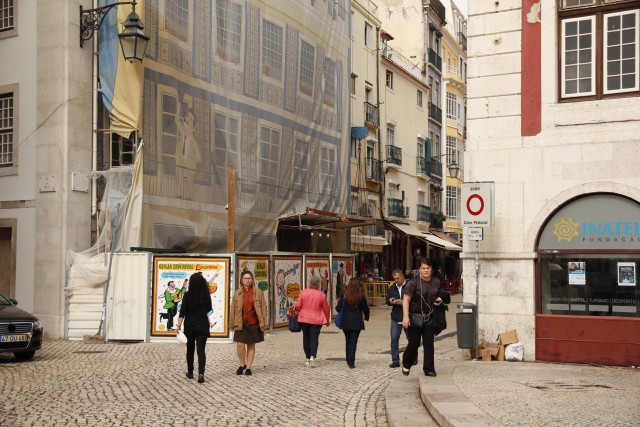
The construction of new buildings in Portugal is growing at a rapid pace. In the third quarter of 2018 alone, 5,300 buildings were approved for development, an increase of 16.3% compared with the same quarter in 2017, according to data from the National Statistics Institute (Instituto Nacional de Estatística or INE). Of this total, 69.4% were new buildings, and the vast majority (74.8%) were allocated for family housing.
The number of licenses for new constructions in the country grew 18.6% in comparison with the third quarter of 2017, while renovation works increased 6%. However, comparing with the previous quarter, licensing for new developments decreased by 5.7% and rehabilitation works decreased by 15.9%, according to the INE report.
All this is excellent news for the Portuguese real estate market, which is experiencing an influx of investment in new properties and construction works focussed on the residential sector. This boom in new homes in Portugal looks set to continue in 2019, meaning there will be a greater housing supply for families and house hunters.
Every Portuguese region showed positive signs on the same period of the previous year, according to INE. The highest variations were registered in the Autonomous Region of Madeira (+41.1%), the Autonomous Region of the Azores (+32.0%) and the Metropolitan Area of Lisbon (+23.6%). The lowest year-on-year variation was observed in the Alentejo region (+10.2%).
The number of completed new buildings increased by 12.3%, after the 17.9% increase in the second quarter of 2018. In this period, it is estimated that 3,900 buildings were completed in Portugal, of which 71.8% were classified as family residences.
The finished works for new constructions increased 18.2% compared to the same period in 2017, while the refurbishment works stayed pretty stable, falling by just 1%. Compared to the previous quarter, completed works for new construction grew 2.7% and renovations increased by 26.5%.